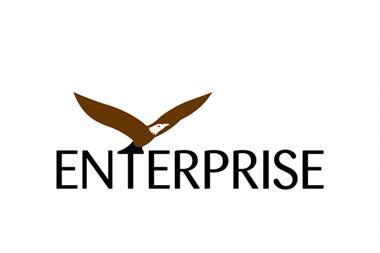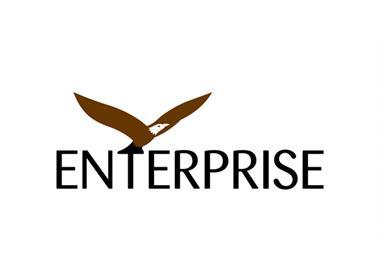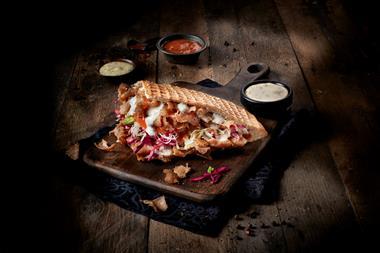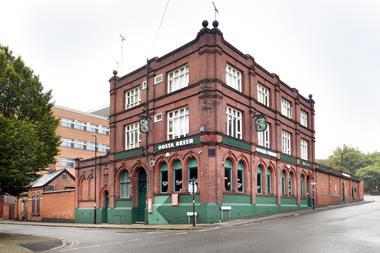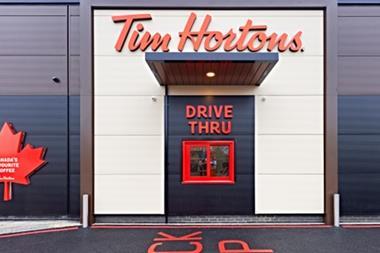Leading analyst Geof Collyer at Deutsche Bank has said that Enterprise Inns is entering a brave new world where value should become clearer as it embarks upon one of the “most ambitious corporate repositioning strategies we have seen in the pub sector over the past 25 years”.
Collyer said: “ETI’s plan is to halve the traditional Tenanted & Leased Estate and to create a separate Manage Retail Pub Estate as well as Commercial Property Estate from within the total pub portfolio. The plan is not without significant execution risk. However, we believe that the estate will be of better quality after the restructuring and that shareholders’ interests will be enhanced by the clearer understanding of where value lies within the portfolio.
“We believe that over time, ETI will be able to not only offset negative profit pressures resulting from the MRO option, but that its evolving strategic responses will more than offset them, driving higher profits and value over the five year plan than would have been the case otherwise.
“Although timing of the market buying into the upside potential of the new strategy may take a while, as we expect profit evolution to follow a shallow ‘U’ curve, we believe that the successful execution could see the share price triple - hence our BUY stance.”
Collyer said that the industry’s actions must treat the MRO as a line in the sand – “the profits have fallen far enough”.
He said: “The rest of the country has had to cope with a severe recession; the pub industry has had to cope with that, plus aggressive excise duty increases that have meaningfully exacerbated the difference between on-trade / off-trade pricing, and the smoking ban – arguably three recession-level impacts all at once.
“This is why ETI is setting up its managed pub and commercial property divisions - why should it have to suffer from changes in legislation when it has a perfectly good option to run the pubs – which it owns - itself. Owning the real estate allows options that can protect shareholders’ investments.
“What can go wrong with the plan? The economy (i) – it is unlikely that the cumulative impact of the last 6 years can be repeated, and the difficulties of this period have cleared out many of the marginal pubs, so there shouldn’t much of a struggling tail.
“The economy (ii) – pubs that are properly invested generally hold up better in downturn, and ETI’s new strategic plan will materially increase control through a significant step-up in investment per pub.
“The economy (iii) – ETI’s perennial fall-back position is that it owns the real estate, and can always sell that. At the end of FY14, the balance sheet assets were c£3.8bn and net debt was £2.4bn, implying an equity value of £1,450m, or 265p share on a fully diluted basis.
“The overheads might need to rise beyond the levels that we have factored in, though there is already a plc overhead. We have £9m of annual pre-opening costs in the system in FY20E. These will drop out after FY20E, which could allow for a 20% increase pa beyond FY20E.”
By FY20E, based on achievement of the midpoint of the rollout/conversion plan, Collyer estimates that c26% of EBITA could be coming from the new Managed Retail Estate (three different formats), c19% from the Commercial Property Estate [CPE] (with partial REIT conversion potential), and the remaining 55% from a higher quality Tenanted & Leased Estate.
He said: “Unlike the rest of the managed pub and restaurant sector, the National Living Wage will not be a drag on margins for ETI since it will have the luxury of paying the new rates pretty much from the start. We are forecasting wages at 20% of sales for Bermondesy Pub Company (BPCo) and Craft Union Pub Company (CUPCo), and 25% for Managed Expert (ManEx). We have factored in pre-opening costs at the rate of £65k for ManEx & BPCo pubs, and £55k for CUPCo pubs.
“Because of the more premium London and South East locations, we have assumed a 65% gross margin for ManEx, 65% for CUPCo, due to being more wet-let led. For BPCo sites, we have set it at 62.5%, to reflect a less premium location and more food than the CUPCo pubs. We are forecasting lfls of +2.5% for ManEx, +2.0% for BPCo and +1.5% for CUPCo, to reflect the different locales and operational styles.”
“At the end of FY15E, ETI had 20 BPCo pubs and 9 CUPCo pubs open. The first ManEx site opened at the start of FY16E. We have detailed our forecasts for each of the Managed Retail divisions in Appendix A. By end FY20E, we expect 205 pubs to have been transferred out of T&L Estate into BPCo, 464 into CUPCo and 76 into ManEx.”
At the end of FY15E, ETI had 206 pubs that were let on a pure rental basis in its Commercial Property Estate (CPE). By end FY20E, Collyer expects a further 825 pubs to have been transferred out of its T&L Estate into CPE.
He said: “This division will grow through letting sites for either [i] alternative use (e.g. convenience stores); or [ii] to licensees who have elected to adopt the Market Rent Only (free-of-tie) option; or [iii] to small or large multiple pub or restaurant operators.
“At the Q3-15 stage, the portfolio comprised 26 sites let for alternative use, mostly as convenience stores, with the remaining 180 split two-thirds high quality long term lets / one third legacy leases. We see the key drivers of the profit evolution as follows.
“Pubs could come across to this division more quickly than we are forecasting, depending upon how many licensees opt for the MRO. However, even if ETI does not know – at the moment – how many licensees will go down the MRO route, it does know exactly when the agreement reviews are due for every pub in the estate.
“ At the 9m-15 stage, average rental income was +3.8% higher at £55k than in H1-15, driven by higher quality transfers from the T&L Estate in Q3. We are forecasting annual rents to rise by 2%, though the average rent will be subject to the wide variety of pubs that transfer across.
“At the EBITA level, post divisional overheads – which will be much lower here than in the rest of the group – we estimate average profit/pub in FY15E at £48k.2k. By FY20E, we estimate that is should have risen by +17% to £56.3k. This is just 3% below the average profit we are forecasting for the T&L Estate. However, valuations for pure property businesses are somewhat higher – which is precisely the point of this division being separately created, rather than hidden within the T&L estate.
“We are not forecasting any capex for this division, though there may be a little, where ETI occasionally wants to invest alongside some of alternative use tenants.”

























